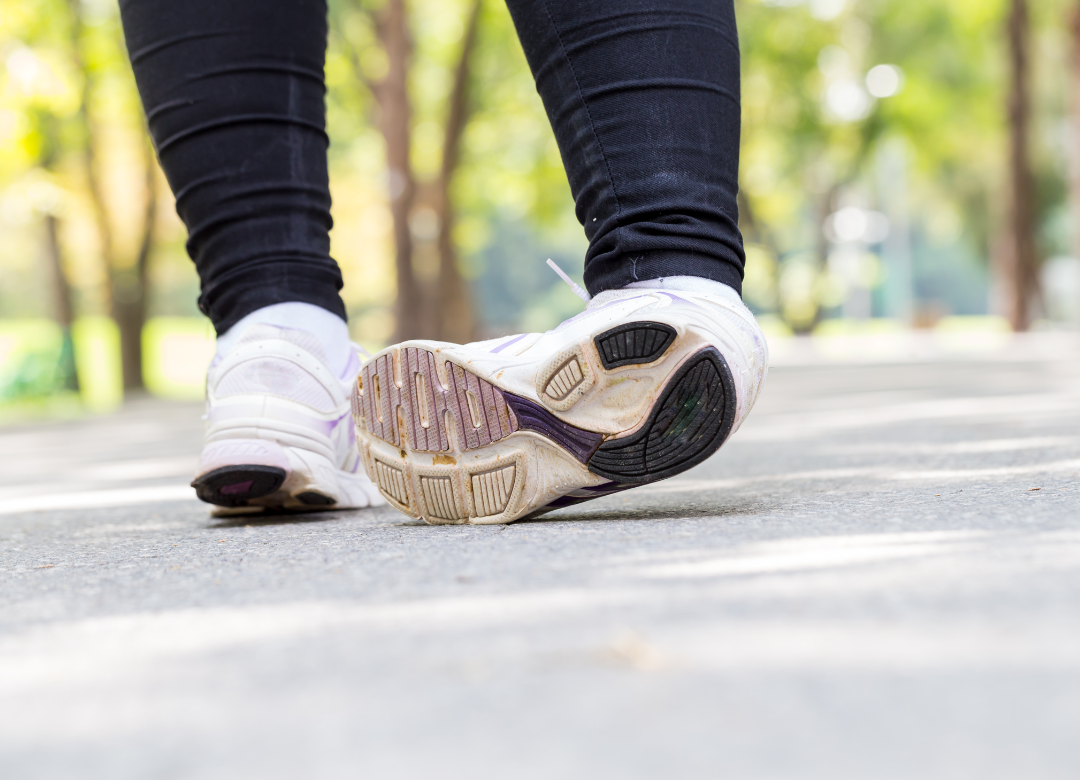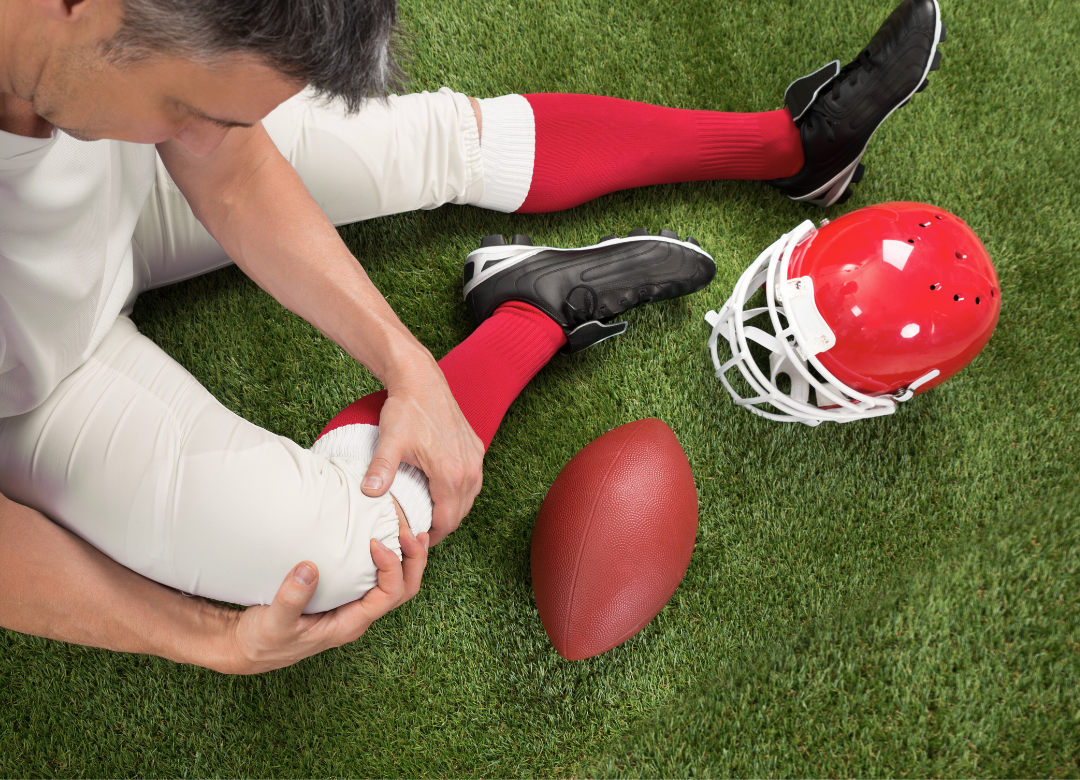
Athletic Trainer vs. General PT vs. Sports PT
Who Should You See for Injury or Pain Rehab? Athletic Trainer vs. General PT vs. Sports PT
As an athlete or active adult, dealing with injuries can be frustrating. Whether it’s a sprained ankle from basketball, lingering knee pain from running, or a shoulder issue from lifting, the big question is always: Who should I see to fix this?
There are plenty of rehab professionals in Tampa—athletic trainers (ATCs), general physical therapists (PTs), and sports physical therapists (sports PTs). Each plays an important role in keeping people healthy and active, but they do very different things.
If you’ve ever been confused about which one is the best fit for you, don’t worry—I’m breaking it down in a way that makes sense, so you can make the right choice for your rehab and performance goals.
Athletic Trainers (ATs): The On-the-Field First Responders
If you’ve ever watched a football or basketball game and seen someone sprint onto the field when a player goes down, that’s an athletic trainer at work. ATCs are the first line of defense when an injury happens in a game or practice. They specialize in on-field evaluations, injury management, immediate care, and guiding return-to-play decisions.

Education & Certification
Athletic trainers complete a master’s degree or doctorate’s degree in athletic training and must pass a national certification exam to earn their ATC (Certified Athletic Trainer) credential. They’re also licensed in most states to practice within their defined role.
Where They Work
ATCs work directly with sports teams—at the high school, college, or professional level. You’ll also find some in sports performance facilities, military settings, and even industrial jobs where injury reduction is key.
How They Help
ATCs handle everything from taping ankles before practice to making split-second decisions about whether an athlete should stay in a game after getting hit in the head or dislocating a shoulder. They will refer their athletes out to other medical professionals when appropriate. They also provide basic rehab for sport injuries, help with recovery strategies like icing or stretching, and monitor injury progression to ensure safe return to play.
Limitations
An athletic trainer may not have the time and resources to provide extended rehab the way a physical therapist can. If an athlete has a more serious injury—like an ACL tear, a stress fracture, or a rotator cuff issue—they’ll refer you to a physician for further diagnostic tests or to a physical therapist for a more focused plan of care.
Best for You If…
You’re part of a sports team and need immediate care for an injury, injury reduction strategies, or quick return-to-play decisions.
General Physical Therapists (PTs): The Standard Rehab Experts
A general physical therapist is what most people picture when they think of “physical therapy.” They work with a wide range of patients, from post-surgical cases to people recovering from injuries.
Education & Certification
Physical therapists complete a Doctor of Physical Therapy (DPT) degree, which takes about seven years total (including undergraduate education). After that, they must pass the National Physical Therapy Exam (NPTE) to become licensed.
Where They Work
General PTs are most commonly found in large outpatient orthopedic clinics, hospital rehab centers, and home health settings. If you’ve ever been to a corporate PT chain or hospital-affiliated rehab clinic, this is the kind of therapist you’ve seen.
How They Help
General PTs treat a variety of injuries and conditions, from knee replacements to back pain. They help patients regain strength, mobility, and function after an injury or surgery.
However, because they work with such a broad population—from elderly patients recovering from hip replacements to people rehabbing work injuries—they aren’t always focused on the specific needs of athletes and may not have the resources to help the athlete achieve their goals. Many follow insurance-driven rehab protocols that aim for basic function rather than athletic performance.
Limitations
One of the biggest drawbacks of seeing a general PT—especially at a busy corporate clinic—is high patient volume.Many clinics schedule two to four patients per hour, meaning you may get only 15-20 minutes of direct time with your physical therapist before being passed off to an assistant or aide.
Also, while general PTs can help reduce pain and restore function, they may not incorporate sport-specific drills, performance testing, or advanced rehab techniques needed to return to high-level activity.
Best for You If…
You need early post-surgical rehab, treatment for general orthopedic issues, or help managing chronic pain—but don’t necessarily need an athletic or performance-specific approach.
Sports Physical Therapists (Sports PTs): The Specialists for Athletes and Active Adults
This is where Crossover Physical Therapy and Performance comes in. Unlike general PTs, sports physical therapists specialize in working with athletes and adults who live active lifestyles.
Education & Specialization
Sports PTs start with the same DPT degree and licensure as general PTs, but they go further with advanced sports training. Many complete sports residencies, obtain board certifications in sports PT (SCS), and earn additional certifications in strength & conditioning (CSCS), athletic training (ATC), biomechanics, and performance training.
Where They Work
You’ll find sports PTs in private sports therapy clinics, professional and college sports teams, and elite performance centers.
How Sports Physical Therapy Can Help You
Advanced sports rehab – If you have an ACL tear, ankle sprain, muscle strain, mobility issue, or tendon issue, we go beyond standard rehab to bridge the gap and get you back to performing your best.
- Sport-specific movement analysis – We break down your running mechanics, jumping form, cutting patterns, and lifting technique to address weaknesses and prevent re-injury.
- Return-to-sport testing – We use high-level strength and agility tests to make sure you’re ready to compete at full strength and full speed.
- Personalized, one-on-one care – Unlike corporate PT clinics, we give dedicated, individualized attention to every patient. You will not get cookie-cutter exercises.
Why Choose a Sports PT Over a General PT?
Many of our patients have been to general PT clinics before coming to us and say things like:
❌ “They had me doing the same exercises as an 80-year-old.”
❌ “I felt like I was just going through the motions, I didn’t get much attention, and wasn’t being challenged.”
❌“I spent the majority of the time doing exercise on a table with a band and didn’t progress to weights that would actually strengthen my weaknesses”
❌ “I finished PT, but I didn’t feel ready or confident to go back to my sport.”
At Crossover, we focus on getting you not just pain-free—but performing in your sport or favorite activity with confidence.
Best for You If…
You’re an athlete or active adult who wants more than just “basic functional” rehab—you want to get back to pushing your limits and feel great doing it.
Which One Is Right for You?

At Crossover Physical Therapy and Performance, we provide one-on-one 60 minute treatment sessions to help Tampa athletes and active adults recover faster, move better, and perform at their best.


